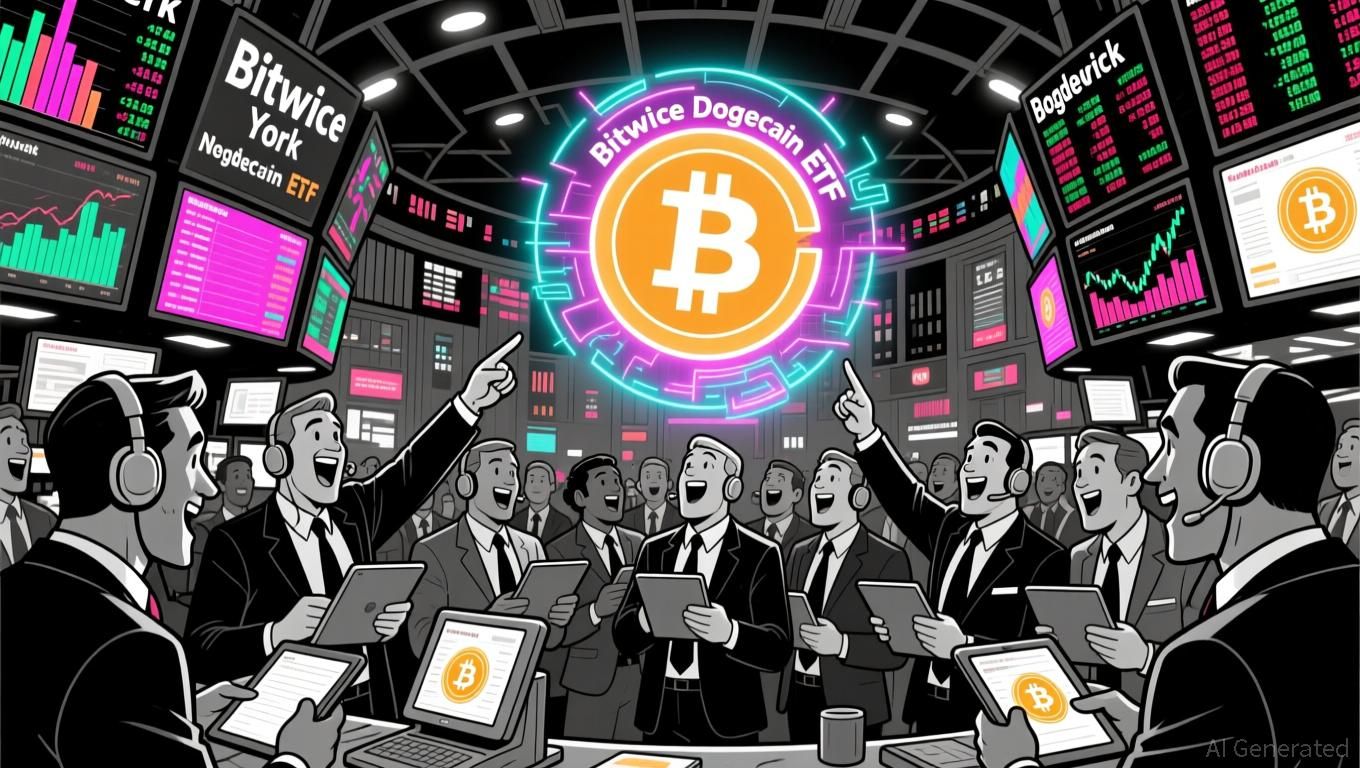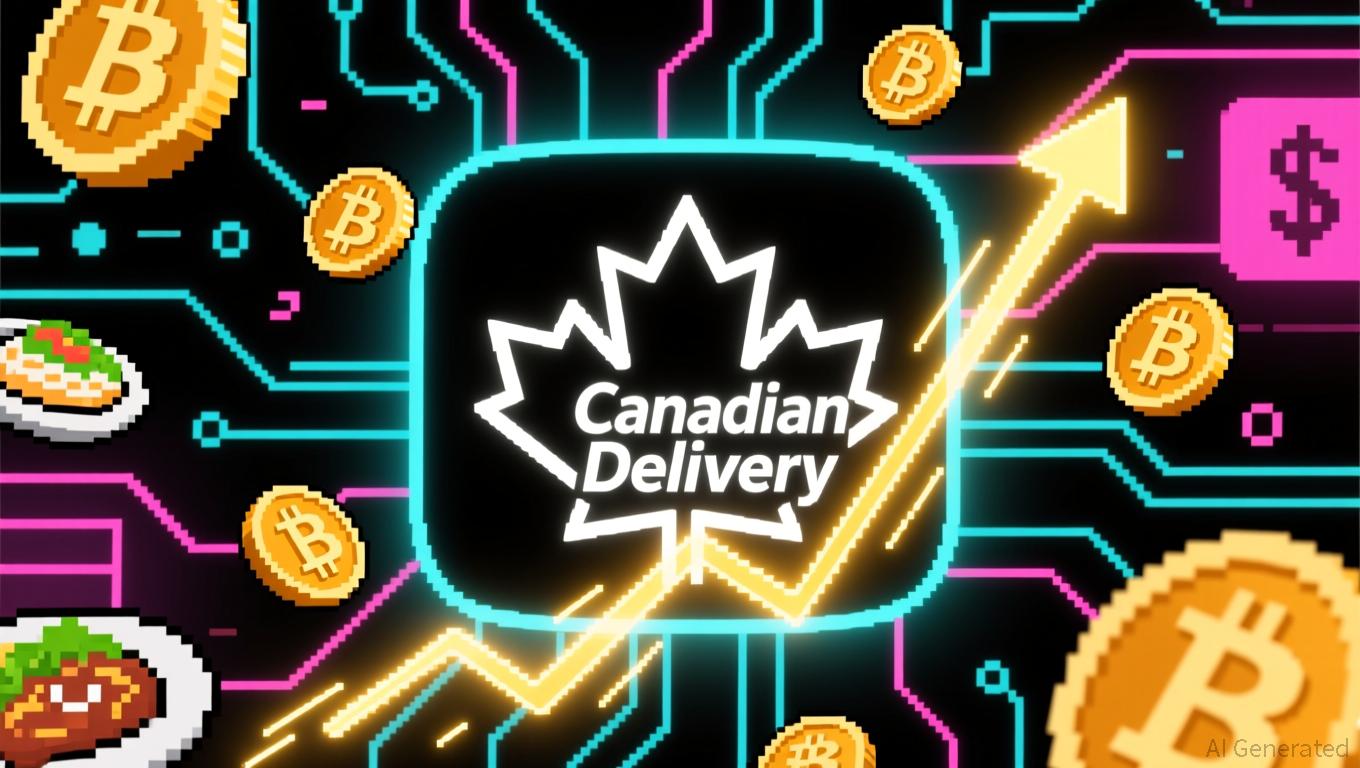Ethereum Updates: The Ongoing Bridge Debate—Balancing Centralized Authority and Decentralized Protection
- Vitalik Buterin warns of off-chain risks despite blockchain's security advancements, emphasizing centralized vulnerabilities in cross-chain bridges and L2 solutions. - Solana's Anatoly Yakovenko criticizes Ethereum L2s' permissioned multisig systems for undermining decentralization, proposing ZK-based Solana-Ethereum interoperability. - Sovereign Labs' Cem Özer advocates for STF-level rollup designs to isolate bridge risks, enabling flexible yet secure multi-bridge ecosystems. - The debate highlights ten
Blockchain Update: Vitalik Warns of Off-Chain Risks Despite On-Chain Security
Vitalik Buterin, one of Ethereum’s co-founders, has once again highlighted the dangers posed by off-chain vulnerabilities, even as blockchain systems advance. His comments arise as the crypto community continues to debate the safety of cross-chain bridges and layer-2 (L2) solutions—key components for scaling decentralized platforms, yet still controversial in terms of security.

Recent conversations between
Özer responded by emphasizing that the effectiveness of escape hatches—mechanisms for users to recover assets if a bridge fails—relies on the design of rollups. Sovereign Labs’ rollups implement forced transactions at the state transition function (STF) layer, which helps prevent censorship and lowers the risks tied to bridges. This method contains vulnerabilities to individual bridges, rather than putting the entire L2 network at risk. Özer maintained that having multiple bridges with different security approaches can coexist, offering users more choice without compromising protection, a perspective further detailed in the same article.
This ongoing debate has real-world consequences for
The conversation gained momentum within the community. Some questioned if STF-level enforcement would restrict user options, but Özer argued it actually increases user empowerment by distributing control. Others noted that Sovereign’s strategy confines risks to specific bridges, reducing the chance of widespread failures. These points reflect a broader industry push to streamline rollup frameworks while upholding strong security, as mentioned in the article.
As blockchain ecosystems grow, finding the right balance between innovation and risk management remains crucial. Vitalik’s caution about off-chain threats highlights the importance of thorough technical reviews and decentralized oversight in bridge development. The dialogue between Solana and Ethereum illustrates a maturing sector where interoperability and security must be carefully engineered to work together.
Disclaimer: The content of this article solely reflects the author's opinion and does not represent the platform in any capacity. This article is not intended to serve as a reference for making investment decisions.
You may also like
PENGU Token's Latest Rally: An In-Depth Look at Technical Trends and Market Sentiment
- PENGU token's November 2025 volatility stems from mixed on-chain flows, institutional interest, and macroeconomic factors. - Cboe's pending PENGU/NFT ETF filing could trigger institutional inflows or sharp sell-offs depending on SEC approval. - Technical indicators show conflicting signals: bullish OBV/MACD vs. overbought RSI and critical $0.012 support level. - FTX-related regulatory pressures and NFT market contraction (36% sales drop) pose structural bearish risks. - Traders face high-risk/reward dyna

The Unexpected Decline in PENGU Value: Reasons and What It Means for Investors
- Pudgy Penguins (PENGU) token fell 30% in late November 2025 due to regulatory uncertainty, algorithmic trading triggers, and a $66.6M team wallet outflow. - Market analysis highlights PENGU's reliance on speculative momentum and USDT liquidity, exposing it to volatility amid shifting sentiment and regulatory scrutiny. - Despite holding key support levels and showing increased institutional activity, PENGU faces structural risks from USDT dependency and tightening global crypto regulations. - The crash mi

DOGE Rises 5.3% Over the Past Week as Bitwise Introduces Dogecoin ETF
- Bitwise launched a Dogecoin ETF (BWOW) on NYSE, boosting institutional/retail access to DOGE via regulated ETP format. - DOGE rose 5.3% in 7 days post-listing but remains down 51.68% year-to-date amid broader bearish trends. - Growing institutional adoption of altcoins is accelerating, with similar ETPs emerging in Europe and Zcash ETF filings in the U.S. - The ETF's success could drive sustained inflows, testing key resistance levels and potentially reversing DOGE's long-term decline.

BTC Price Rises 0.37% as Goodfood Announces BTC Assets and Shows Market Strength
- Goodfood Market Corp. disclosed $3.4M in BTC ETF holdings amid $25M Q4 sales and $4M net loss. - BTC rose 0.37% in 24 hours to $91,684 but fell 16.36% monthly amid institutional adoption trends. - Company shifted to Heat & Eat meals and cost controls to boost margins amid inflation and labor pressures. - Strategic BTC allocation reflects growing corporate interest in crypto diversification despite market volatility. - Persistent cost challenges and meal-kit market contraction force 2026 profitability-foc
